Ancient Kuttamuwa Stele And Iron Age Belief That Soul Lived In Funerary Slab
A.Sutherland - AncientPages.com - Ancient cultures in human history have tried to honor and commemorate their dead.
An ancient Middle East tradition among prehistoric cultures in Mesopotamia, Egypt, Anatolia, and the Levant (Syria-Palestine) is also closely related to the relationship between the dead, people’s funerary customs and life in the eighth century B.C
Food, drink, offerings and stone effigies in maintaining a place for the dead in family life show how the living cared for the dead.
One such object that gives us insight into this tradition is the Kuttamuwa Stele, discovered in 2008 by University of Chicago archaeologists at Zincirli, Turkey, the site of the ancient city of Sam'al, which was once the capital of a prosperous kingdom, and now, an important Iron Age site under excavation.
The stele was found in a suburb of the walled city, probably in Kuttamuwa’s own house.
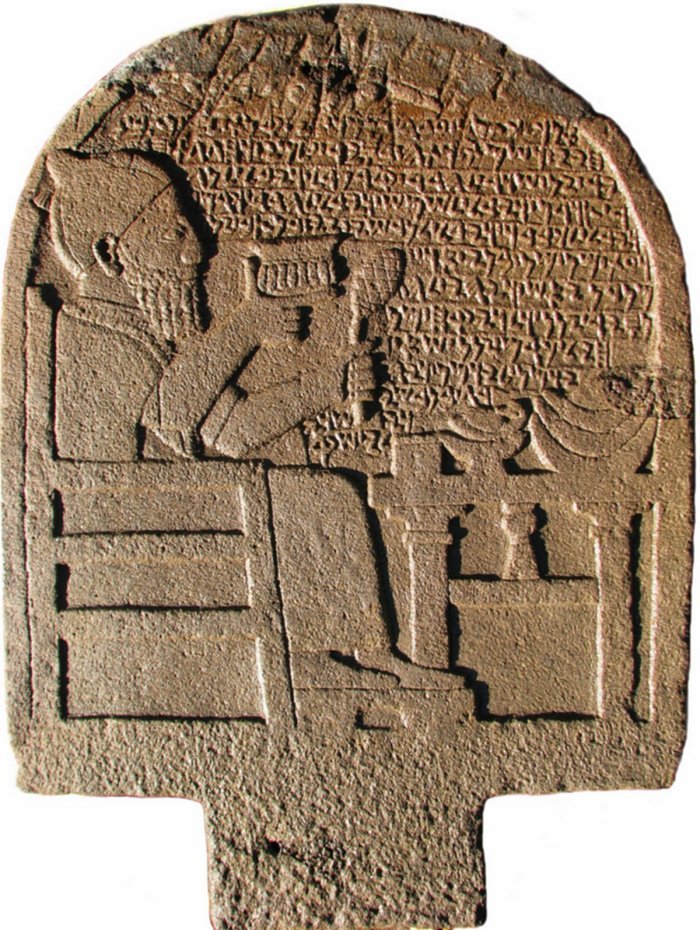
An inscription on a stone monument in Turkey from the eighth century B.C. indicated a belief that the body and soul were separate. Image credit University of Chicago
Kuttamuwa, an 8th-century BC royal official from Sam'al and a servant of King Panamuwa II (died ca. 733/732 BC) ordered this inscribed stele to be erected upon his death. The inscription requested that his mourners commemorate his life and his afterlife with feasts "for my soul that is in this stele".
“I, Kuttamuwa, servant of [the king] Panamuwa, am the one who oversaw the production of this stele for myself while still living. I placed it in an eternal chamber and established a feast at this chamber: a bull for [the god] Hadad, a ram for [the god] Shamash and a ram for my soul that is in this stele."
The Kuttamuwa Stele is an ancient memorial document of ancestor cult and beliefs about the soul, dated back to about 735 BC. It is also one of the earliest records that relate to a soul as an entity separated from the body.
The basalt stele that weighs 800 pounds and is three feet tall, is carved with an image of a man named Kuttamuwa seated before a table with offerings to the deceased and to local gods.
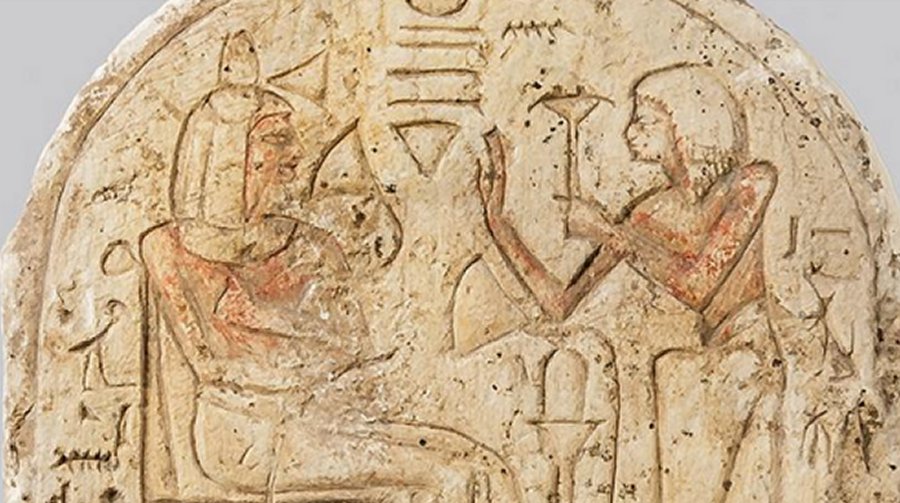
Stele showing a deceased man being attended by family members, part of an ancestor cult. Luxor, Egypt, ca. 1295-1069 BC. Image credit: Oriental Institute of the University of Chicago
It was believed that Kuttamuwa’s spirit inhabited this funerary slab and the words carved on the stele were the man’s last words. The stele confirms Iron Age beliefs about the afterlife and their belief that the soul separates from the body.
The monument is covered with the longest known memorial inscription of its type that revealed an unknown practice of enacting annual sacrifices for the soul of the deceased. According to the inscription, the soul of the deceased resided in the stele.
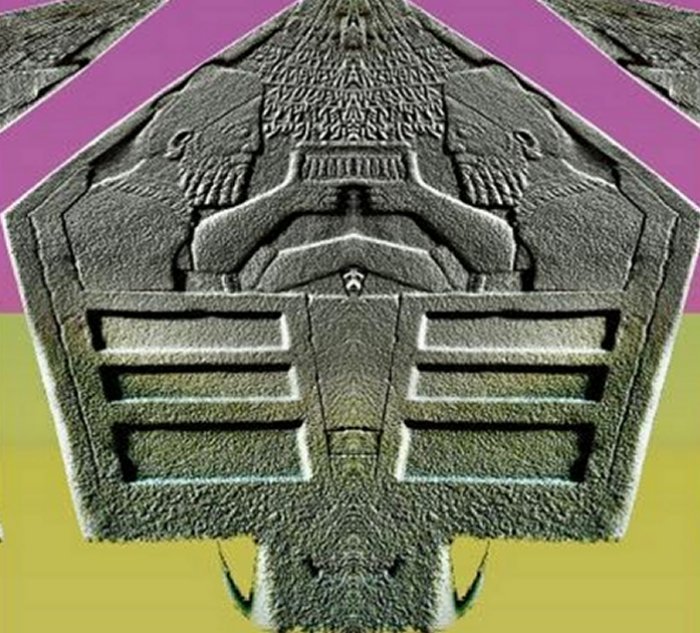
An ancient Middle East tradition among prehistoric cultures in Mesopotamia, Egypt, Anatolia, and the Levant (Syria-Palestine) is also closely related to the relationship between the dead, people’s funerary customs and life in the eighth century B.C
The script is derived from the Phoenician alphabet and a Semitic language that appears to be an archaic version of Aramaic, a language widely used in the Middle East at that time.
The biblical commandment to “Honor your father and your mother, that your days may be long” (Exodus 20:12), is rooted in the tradition expressed by the Kuttamuwa text, which also informs that the rituals took place not just at the grave or in the home, but in a special private mortuary chapel next door to a temple, where the Kuttamuwa stela was discovered.
Written by – A. Sutherland - AncientPages.com Senior Staff Writer
Copyright © AncientPages.com All rights reserved. This material may not be published, broadcast, rewritten or redistributed in whole or part without the express written permission of AncientPages.com
Expand for references References: Oriental Institute, The University of Chicago Pardee, Dennis. "A New Aramaic Inscription from Zincirli." Bulletin of the American Schools of Oriental Research, no. 356 (2009): 51-71.
More From Ancient Pages
-
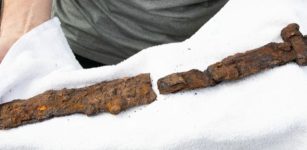 Man Finds A Viking Sword In His Garden – A Viking Grave Could Also Be Nearby – Scientists Say
Archaeology | Sep 2, 2022
Man Finds A Viking Sword In His Garden – A Viking Grave Could Also Be Nearby – Scientists Say
Archaeology | Sep 2, 2022 -
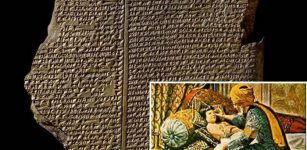 Clay Tablets Reveal Sumerian Doctors Treated Disease With Spells Of Magic And Medicine
Archaeology | Feb 13, 2018
Clay Tablets Reveal Sumerian Doctors Treated Disease With Spells Of Magic And Medicine
Archaeology | Feb 13, 2018 -
 Pharaoh Ay – A Man With A Hidden Agenda Or A Victim Of Unfortunate Circumstances?
Featured Stories | Feb 5, 2019
Pharaoh Ay – A Man With A Hidden Agenda Or A Victim Of Unfortunate Circumstances?
Featured Stories | Feb 5, 2019 -
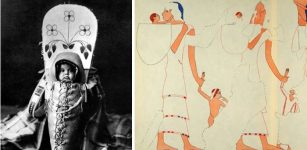 Baby Carriers Were Used 10,000 Years Ago – New Evidence
Archaeology | Sep 27, 2022
Baby Carriers Were Used 10,000 Years Ago – New Evidence
Archaeology | Sep 27, 2022 -
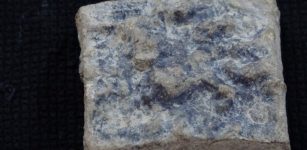 2,300-Year-Old Roman Lead Weight In Assos Is The Largest Ever Discovered
Archaeology | Aug 15, 2023
2,300-Year-Old Roman Lead Weight In Assos Is The Largest Ever Discovered
Archaeology | Aug 15, 2023 -
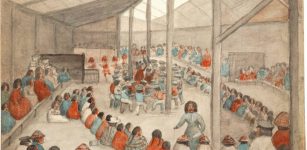 Potlatch: Ancient North American Indian Tradition Of Very Generous Gift Giving
Ancient Traditions And Customs | Sep 12, 2016
Potlatch: Ancient North American Indian Tradition Of Very Generous Gift Giving
Ancient Traditions And Customs | Sep 12, 2016 -
 Rare 3,000-Year-Old Weavings Discovered In Alaska
Archaeology | Sep 4, 2023
Rare 3,000-Year-Old Weavings Discovered In Alaska
Archaeology | Sep 4, 2023 -
 Death And Afterlife In Ancient Egyptian Beliefs – Death As Transition To Another Reality
Ancient Traditions And Customs | May 28, 2018
Death And Afterlife In Ancient Egyptian Beliefs – Death As Transition To Another Reality
Ancient Traditions And Customs | May 28, 2018 -
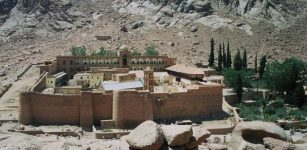 Ancient Scriptures With Lost Languages Discovered Inside Saint Catherine’s Monastery On The Sinai Peninsula
Archaeology | Aug 29, 2017
Ancient Scriptures With Lost Languages Discovered Inside Saint Catherine’s Monastery On The Sinai Peninsula
Archaeology | Aug 29, 2017 -
 On This Day In History: Fatal Fire Broke Out In Tre Kronor “Three Crowns” Castle, Stockholm, Sweden – On May 7, 1697
News | Dec 7, 2021
On This Day In History: Fatal Fire Broke Out In Tre Kronor “Three Crowns” Castle, Stockholm, Sweden – On May 7, 1697
News | Dec 7, 2021 -
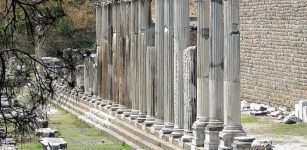 Greek God Asclepius And Ancient Healing Center ‘Asclepion Of Pergamum’
Civilizations | Nov 29, 2014
Greek God Asclepius And Ancient Healing Center ‘Asclepion Of Pergamum’
Civilizations | Nov 29, 2014 -
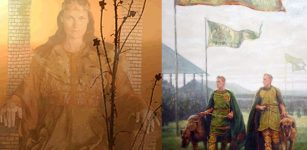 Tailteann Games: Ancient Irish Version Of The Olympic Games
Ancient History Facts | May 15, 2016
Tailteann Games: Ancient Irish Version Of The Olympic Games
Ancient History Facts | May 15, 2016 -
 Secret History Of The Micmac – The Mysterious Red Earth People
Civilizations | Jun 22, 2020
Secret History Of The Micmac – The Mysterious Red Earth People
Civilizations | Jun 22, 2020 -
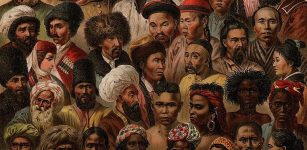 Ancient Trans-Atlantic Emigration Theory – Not Supported By Genetic Data, Researcher Says
Archaeology | Jan 18, 2016
Ancient Trans-Atlantic Emigration Theory – Not Supported By Genetic Data, Researcher Says
Archaeology | Jan 18, 2016 -
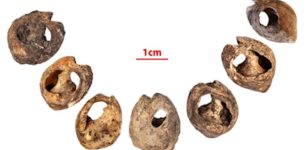 142,000-Year-Old Shell Beads Found In A Cave Are The Oldest Known Evidence Of Human Communication
Archaeology | Oct 16, 2021
142,000-Year-Old Shell Beads Found In A Cave Are The Oldest Known Evidence Of Human Communication
Archaeology | Oct 16, 2021 -
 Enchanted Ancient Egyptian Amulet Seal Discovered In Türkiye’s Amasra
Archaeology | Nov 15, 2022
Enchanted Ancient Egyptian Amulet Seal Discovered In Türkiye’s Amasra
Archaeology | Nov 15, 2022 -
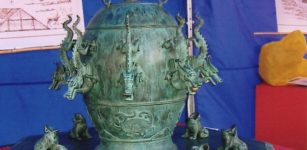 Zhang Heng Seismograph Could Record Earth’s Dangerous Movements
Artifacts | Mar 8, 2023
Zhang Heng Seismograph Could Record Earth’s Dangerous Movements
Artifacts | Mar 8, 2023 -
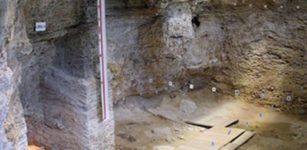 Abric Romaní Cave: New evidence indicates Neanderthals used to heat water some 60,000 years ago
Human Beginnings | Aug 31, 2015
Abric Romaní Cave: New evidence indicates Neanderthals used to heat water some 60,000 years ago
Human Beginnings | Aug 31, 2015 -
 Cosimo di Giovanni de’ Medici – Exile Of The Generous, Intelligent Banker Caused Fury In Renaissance Florence
Featured Stories | Apr 7, 2021
Cosimo di Giovanni de’ Medici – Exile Of The Generous, Intelligent Banker Caused Fury In Renaissance Florence
Featured Stories | Apr 7, 2021 -
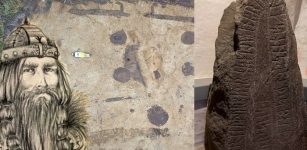 Huge Viking Hall From Harald Bluetooth’s Time Discovered In North Jutland
Archaeology | Dec 22, 2022
Huge Viking Hall From Harald Bluetooth’s Time Discovered In North Jutland
Archaeology | Dec 22, 2022

